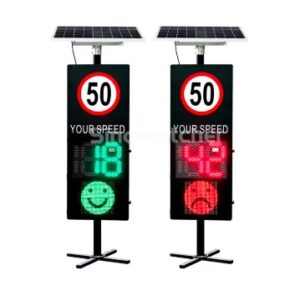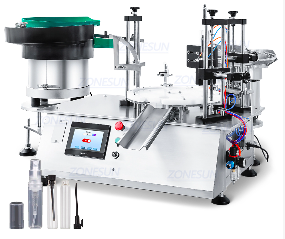When choosing between LED and OLED displays, understanding the differences in technology and performance is key. Both offer distinct advantages, but which one is better depends on factors like light emission, display quality, energy consumption, and application needs. Below, we compare LED and OLED displays, providing specific values and technical insights to help you decide.

Table of Contents
ToggleLight Emission Principles: LED vs. OLED
LED Display Technology
LED displays are based on LCD technology, where Light Emitting Diodes (LEDs) serve as the backlight for the liquid crystal layer. The liquid crystals themselves do not emit light but control the passage of light from the backlight. Most LED TVs use edge-lit or full-array LED systems.
OLED Display Technology
OLED (Organic Light Emitting Diode) displays are self-emissive, meaning each pixel emits its own light. This eliminates the need for a backlight and enables OLED screens to produce true blacks with infinite contrast by turning off individual pixels.
Display Quality: Color, Contrast, and Resolution
Contrast and Black Levels
OLED displays excel in contrast and black levels, offering infinite contrast ratios. Each pixel in an OLED display can be completely turned off, producing true blacks. In contrast, LED displays suffer from light leakage, leading to less accurate blacks and lower contrast ratios, typically around 1,000,000:1.
Color Accuracy and Brightness
While LED displays achieve higher brightness levels—up to 1,000 nits—OLED displays provide superior color accuracy and consistent brightness across a wider range of angles. OLEDs typically peak at 600-800 nits, but their color vibrancy and viewing angles are far superior. LED displays can experience color shifting and reduced brightness at wider angles.
Resolution
Both OLED and LED displays support 4K (3840 x 2160 pixels) and 8K (7680 x 4320 pixels) resolutions. However, OLED displays tend to offer better pixel-level control, leading to more precise and vivid images, especially in darker scenes.
Energy Consumption: OLED vs. LED
Energy Efficiency in LED Displays
LED displays are more energy-efficient when displaying bright content due to their uniform backlighting. Edge-lit LED displays are generally more power-efficient than full-array systems, but both are efficient compared to OLED in bright settings.
Energy Efficiency in OLED Displays
OLED displays consume more power for bright content, as each pixel is independently lit. However, when displaying darker content, OLEDs are significantly more efficient, using 60% less power for dark scenes. Overall, OLED consumes 10-20% more power than LED displays in bright scenes.
Applications of LED and OLED Displays
LED Displays: Brightness and Affordability
LED displays are ideal for applications requiring high brightness and affordability, such as office settings, stadiums, or budget-friendly TVs. LED TVs can cost between $300 and $600 for 43-55 inch models, making them more accessible for consumers seeking value over premium picture quality.
OLED Displays: Premium Quality for Entertainment
OLED displays are perfect for premium applications where picture quality is the priority, such as high-end TVs, smartphones, and tablets. OLEDs offer unmatched contrast, color reproduction, and viewing angles. However, they are more expensive, with 55-65 inch 4K OLED TVs priced between $1,000 and $3,000.
OLEDs are also used in wearables and flexible screens, offering thinner profiles and greater design flexibility.
Conclusion
OLED displays deliver superior image quality, with true blacks, infinite contrast, and better color accuracy. However, they tend to be more power-hungry in bright scenes and come at a higher price. On the other hand, LED displays are more energy-efficient in bright environments, more affordable, and ideal for applications where brightness is a priority. The choice between LED and OLED depends on your needs for image quality, energy consumption, and price.
0




